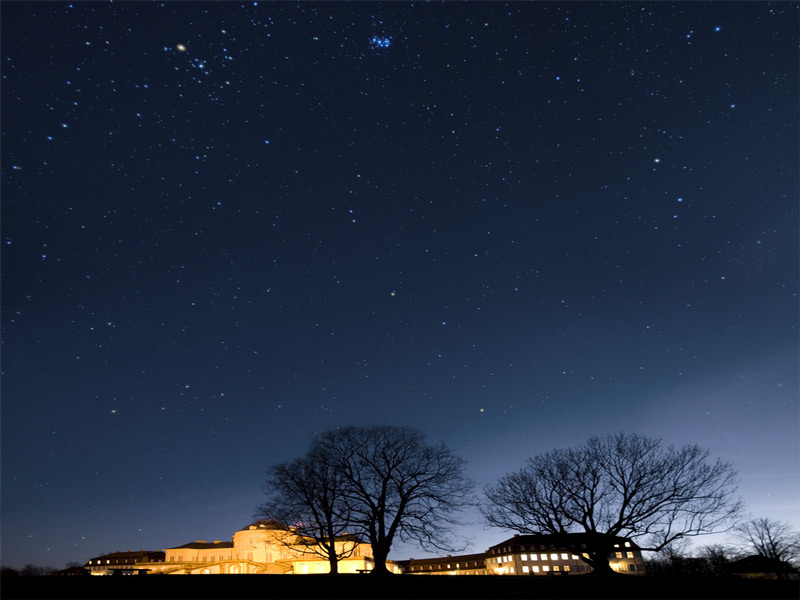It was an honor to be a member of the committee evaluating Hector Martin Crocce's (NYU) PhD thesis defense today. It was a great talk, about a really great body of work. As I mentioned yesterday, he has worked out new formalisms for perturbation theory in cosmology, and he can make extremely high precision predictions for the power spectrum and the shape and position of the baryon acoustic feature as a function of redshift and cosmological parameters. In fact, he showed that his methods may actually be more accurate than any existing simulations (and much, much faster, and much more intellectually illuminating). Congratulations!
In my small amount of research time, I re-started work on an ancient project of mine (first mentioned on this blog here) to look for fossil groups
by looking for groups of galaxies where there is a large magnitude difference between the brightest and second-brightest galaxy. The first order of business is to test whether there really is some separate population with large magnitude differences; I am skeptical. But it is hard to correctly test the correct null hypothesis, both because the data are non-trivial and because there are a few different options for the null hypothesis.


